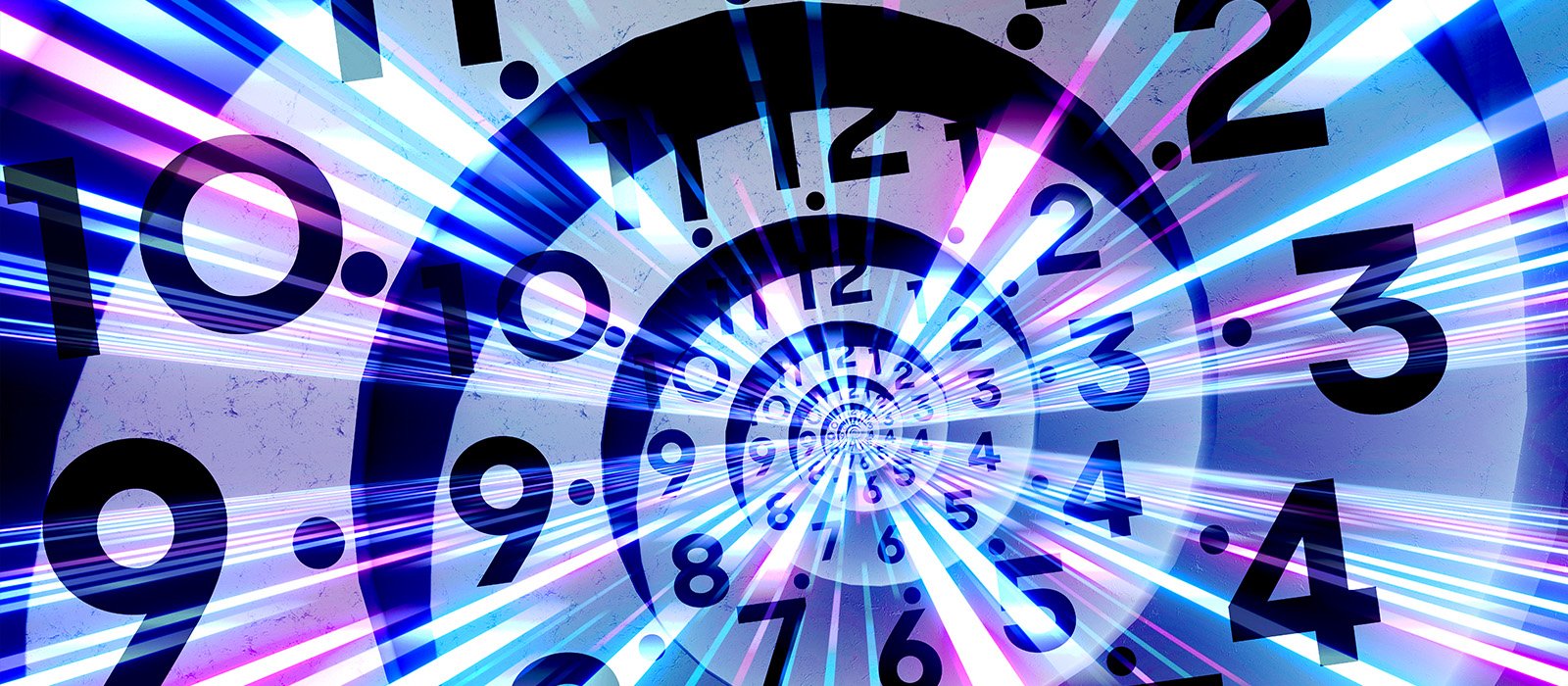
August 8, 2023
Community NewsThe Source of Time, According to a Technologist
Exploring the Definition of Time from Early Astronomical Observations to its use in the Internet Today
by Geoff Huston
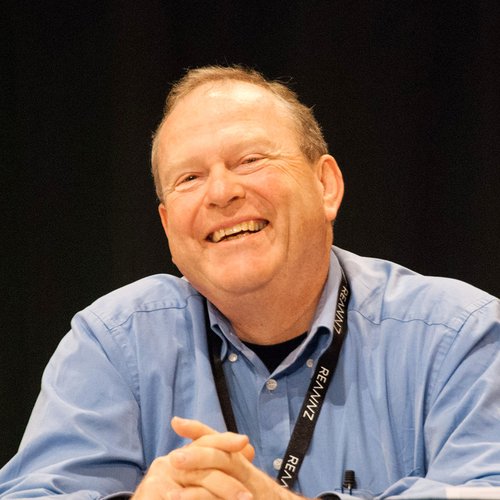
An underappreciated aspect of our digital infrastructure is how dependent we are on time.
Disrupting time leads to communication disruption and can result in various forms of service compromise. A synchronized view of the time is essential to the Internet's service platform.
We use the Network Time Protocol (NTP) to coordinate time on the Internet. The NTP protocol is a clock request transaction, where a client requests the current time from a server, passing its own clock time in the request. The server adds its clock time to the data packet and passes the packet back to the client. When the client receives the response, the client can derive two essential pieces of information: the reference time at the server and the elapsed time, as measured by the local clock, for a signal to pass from the client to the server and back again. Repeated iterations of this exchange allow the client to remove the effects of network jitter and gain a stable value for the delay between the local clock and the reference clock at the server. This value can then be used to adjust the local clock so that it is synchronized with the server. Accurate time is sufficiently important that it’s essential to be able to operate NTP sessions without external disruption, so these days there is a secured version of the NTP protocol, NTS, which is commonly used in the public network. While we are able to distribute accurate time with NTP and NTS, there is still the question of where the time comes from in the first place.
How do the Internet's reference clocks know the time?
These days we use GPS satellite receivers to distribute an accurate reference time signal worldwide. GPS provides a highly stable Universal Coordinated Time (UTC) signal.
Where does GPS get its time source from?
This reference time signal for UTC on the GPS satellite constellation is provided by the atomic clocks operated at the Schriever Space Force Base in Colorado in the US. And where do these clocks get their reference time from? They pull their time from the alternate master clocks operated at the US Naval Observatory.
Where do they get their time source from?
To answer this question, we need to make an excursion into the definition of the units of time. Historically, we used the Earth itself as the source of time. One "day" is the interval of time for the Earth to rotate once about its axis. The thousand-year-old definition of a "second '' is exactly 1/86,400 of the period for the Earth to rotate once about its axis. However, the Earth slows down as a result of lunar tidal forces, so the length of a day increases by 2.3ms per day per century on average. But that's not the only factor.
The rise and fall of ice ages and the distribution of continental plates also play a role. As we improve the precision of astronomical observation and timekeeping devices, we can relate these changes in the Earth’s distribution of mass to tiny variations in the Earth's angular velocity. If the definition of time is based on the Earth’s rotation, then this is a constantly changing definition when we measure time using high-precision instruments.
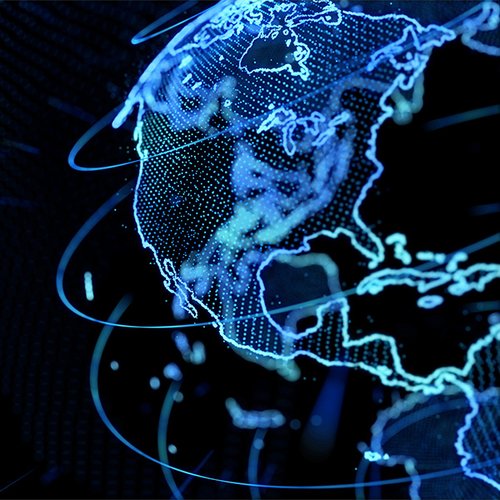
So, if the Earth's rotational speed is constantly changing, how can we define a "second" in a constant way?
This was a question first addressed by astronomers, then by physicists across the twentieth century. Since 1968, we’ve used a standard definition of a second from the BIPM (Bureau International des Poids et Mesures), where a standard SI second is equal to the duration of 9,192,631,770 periods of the radiation corresponding to the transition between the two hyperfine levels of the undisturbed ground state of the caesium-133 atom. Nothing to do with the Earth's rotation at all!
But what to do about the time of day?
We could let these digital clocks run true and redefine a "day" as 86,400 SI seconds. The issue here is that this atomic standard time (TAI) would likely differ from the Earth’s rotation-related time of day by a full hour after 1,000 years, assuming a continuing slowing of the Earth's rotation. Or we could keep adjusting the UTC time signal to align it to the Earth's rotation by periodically inserting a so-called leap second.
This occasional one-second adjustment is what happens today, and there are just two commonly used time windows for this leap second, namely the final minutes of June and December, where this last minute can be extended by 1 second.
These leap seconds are scheduled into the UTC time stream to keep UTC within 0.9 seconds of TAI. Since 1972, when the leap-second system commenced, some 27 such leap seconds have been added to UTC. In theory, negative leap seconds could be inserted into the UTC time stream if the Earth's rotation accelerates, again to ensure that UTC and TAI differ by no more than 0.9 seconds.
The International Earth Rotation and Reference Systems Service (IERS), located at the Paris Observatory, is responsible for scheduling these periodic leap seconds to be inserted into the UTC time stream.
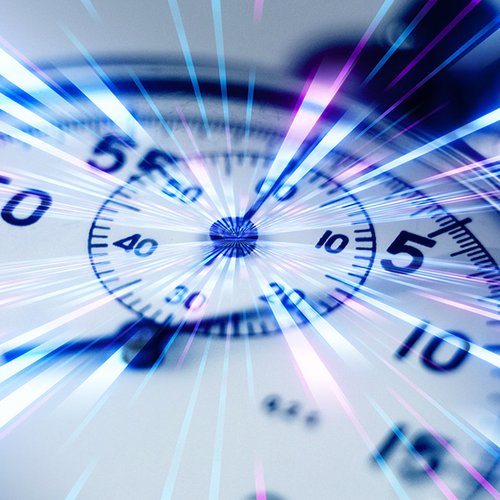
For today's networked world, these leap seconds have caused some problems.
Many software systems that use time make implicit assumptions about the use of time. If you schedule an alarm for 86,400 seconds into the future, that alarm should fire off tomorrow, not today. And occasionally instead of having the seconds value of the time of day to be somewhere in the range 0 to 59, the seconds counter will hit 60.
This has caused its fair share of mayhem over the years, where programs would enter uncontrolled loops or completely crash as a consequence of a leap second. And don't forget that many of these events happened on December 31, perhaps the least attended time of the year! These days we calibrate the time servers to “smear” the change across many hours, using a sequence of much smaller sub-second adjustments. So far, we have no experience of a negative leap second with its 59-second-minute, and there is a considerable level of reluctance to go there and try it, smearing or otherwise. We're just not sure how much of our digital world would crash as a result!
The coordination of UTC time and the question of leap seconds falls under the remit of the Radiocommunications Sector of the International Telecommunications Union (ITU-R) and the World Radiocommunication Conference (WRC). The entire question of the future of UTC and leap seconds have been considered for many years. They decided in 2003 that in about the year 2022, radio time signals would stop broadcasting UTC and start to broadcast TAI with no leap seconds. Fine thoughts, but it just didn't happen.
In 2015 it was decided not to decide whether we should abandon leap seconds. The decision that was made was to defer any such decision until the November 2023 meeting of the WRC, which is only five months away!
We’ve always thought of time in human terms, relating the passing of time to the natural occurrences of days and seasons. With the ever-increasing precision of our clocks, we can now create measurement instruments that are far more reliable than our rotating planet. The decision is still pending on whether we stay with a measure of time that attempts to remain approximately aligned to planetary motion or turn the carriage of time over to atomic oscillators, digital counters, and the Network Time Protocol.
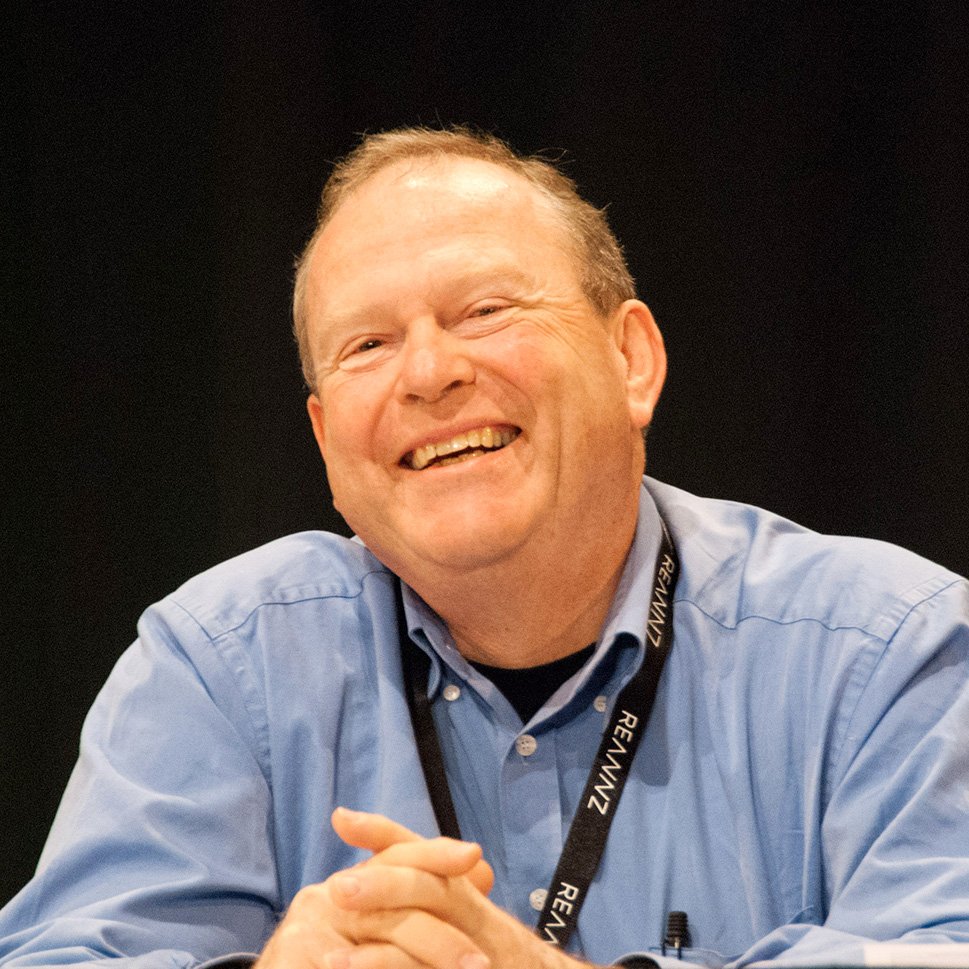
Geoff Huston
Geoff Huston AM, B.Sc., M.Sc., is the Chief Scientist at APNIC, the
Regional Internet Registry serving the Asia Pacific region. His life
with the Internet started in the late 1980's when he was in charge of
building a national research and education network for the Australian
Higher Education sector. He then worked for the national telephone
company, Telstra, as their Chief Internet Architect, and from there to
APNIC where his research interests include infrastructure services
and routing security. He has written a number of technical books on
Internet technologies, and has served on the Internet Architecture
Board, the Board of the Internet Society and on ICANN's Security and
Stability Advisory Committee. He has presented at numerous NANOG meetings
on a mix of technology and operational topics.
Recent Articles
April 18, 2024 • Stories
“With Great Risk Comes Great Reward”
A (Tech) Road Less Traveled with ISC's CEO Jeff Osborn
"When you're a kid working with venture capitalists, everybody talks about taking their money and running to a tropical island…and nobody ever does. But I did," Jeff Osb…
Learn MoreApril 11, 2024 • News
NANOG 91: Things To Do + See in Kansas City
Check Out Landmark Attractions While Attending Our Next Meeting
Kick off the summer season with some mouthwatering BBQ and all that jazz. NANOG invites you to join us for our upcoming virtual and in-person meeting, NANOG 91, in Kans…
Learn MoreMarch 15, 2024 • NANOG TV
WATCH NOW - Experience a NANOG Meeting
Our last meeting may have come and gone— but the memories will last forever! Check out some familiar faces + learn what makes a NANOG meeting special.
Learn More


